20 years ago today, the American version of The Office, a TV series (originally created in the UK by Ricky Gervais and Stephen Merchant) starring Steve Carell premiered on NBC. The mockumentary sitcom depicts the everyday lives of office employees in Scranton, Pennsylvania, working for a paper company. Lasting a total of nine seasons, it was adapted in the US by Greg Daniels, a veteran writer for Saturday Night Live and The Simpsons. WATCH the Top 10 Most Searched For Clips of All Time–and Learn More… (2005)
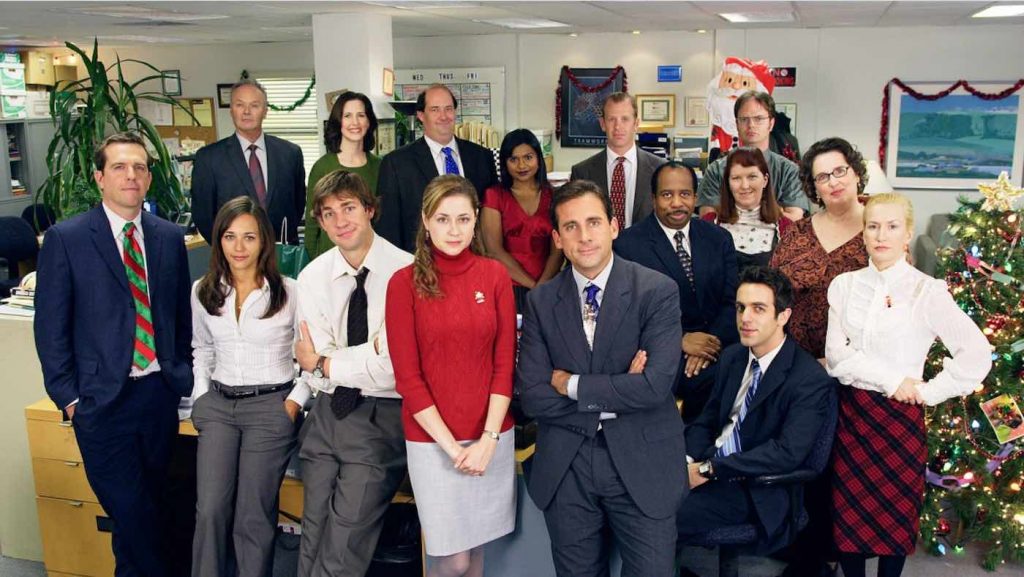
The reality of any drab office was emphasized by the single-camera setup and absence of a laugh track. The show ran for 9 seasons and 201 episodes, gathering legions of fans both during its live broadcasts and in the years following its debut on streaming services like Netflix and Hulu.
The city of Scranton, where the show took place, was long known mainly for its industrial past as a coal mining and rail center, but has now embraced and ultimately been redefined by the show. “We’re really hip now,” said the mayor’s assistant once.
With coworkers played by Jenna Fischer, Rainn Wilson, B. J. Novak, Ed Helms, Mindy Kaling, Craig Robinson, James Spader, and Ellie Kemper, it earned a Peabody, Golden Globe, two Screen Actors Guild Awards, and four Emmys—including one in 2006 for Outstanding Comedy Series.
MORE Good News on This Date:
- Canada extended to black citizens the right to vote – 33 years before the US did (1837)
- The great magician Harry Houdini was born (1874)
- The National Gallery of Art was established through a gift from financier, public servant, and art collector Andrew W. Mellon in the year of his death, to be a free museum located on the National Mall in Washington, DC—it has the distinction of displaying the only painting by Leonardo da Vinci in the western hemisphere (1937)
- John D Rockefeller Jr. donated the NYC East River site to the United Nations (1947)
- The first father and son to win Academy Awards in one year: Walter Huston won Best Supporting Actor and John Houston won Best Director, both for The Treasure of the Sierra Madre (1949)
- Mick Jagger & Keith Richards first performed together as Little Boy Blue & the Blue Boys (1962)
- Halle Berry became the first African-American actor to win the Academy Award for best actress, after her role in Monster’s Ball (2002)
- Pope Francis declared that women will be included in annual Easter week ritual that formerly involved only men (2016)
26 years ago today, The Matrix premiered in the U.S. It was a massive success at the box office, grossing over $460 million on a $63 million budget. At the 72nd Academy Awards, the film won all four categories it was nominated for, Best Visual Effects, Best Film Editing, Best Sound, and Best Sound Editing. In 2012, it was chosen to be preserved in the National Film Archives for being “culturally, historically, and aesthetically significant.”
Like the best sci-fi films, it and its two sequels The Matrix Reloaded and The Matrix Revolutions, spawned a huge extended universe of thought. The film is so gripping and drenched in deep concepts and philosophy that many have sought to compare the ideas within it to the work of seminal philosophers and religious texts.
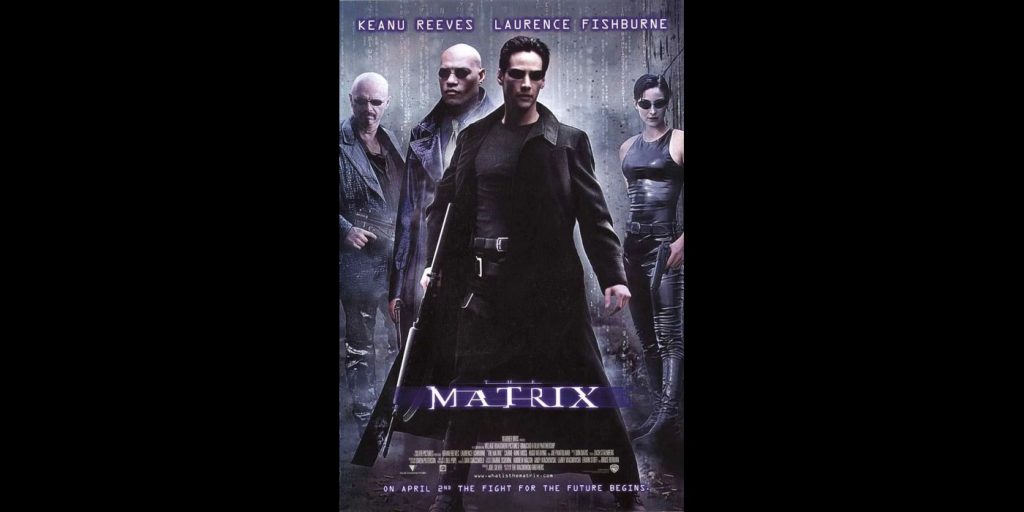
The film is set between two worlds, an artificial reality called “The Matrix” created by a race of intelligent machines to harvest energy from humans who created them, and the crumbling remains of human civilization after it was taken over by the machines they created. Descartes’ “First Meditation,” and Plato’s Allegory of the Cave discuss the idea of an illusion created by an evil thing to fool us. Buddhism too teaches that everything around us is an illusion, and the film’s main character’s transformation from human to a kind of messiah comes when he finally believes “there is no spoon,” as in, life is an illusion, and therefore there are no limits to what consciousness can do.
Another idea in the Matrix is that the simulation had to be difficult and painful like real life, and that a perfect utopia was “rejected,” which sits perfectly in line with Dostoyevsky’s thinking when he wrote that if Man had nothing to do but “eat cake and busy himself with the continuation of the species… he would play you some nasty trick.”
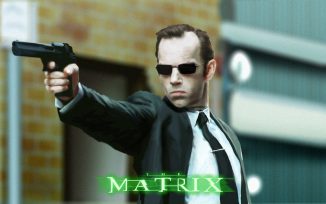
The allegory of the red bill (the hard truth) and the blue bill (the comfortable lie) is used extensively today in modern political dialogue, and visions of the machine-dominated future in The Matrix colors public debate about how far our own race should take artificial intelligence. All this, plus the awesome kung fu action sequences, has granted the film the highest of re-watch values. (1999)
10 years ago today, NASA completed a major milestone when its Martian rover Opportunity officially passed the marathon mark of distance traveled (42.195 km 26.219 mi) after 11 years of trundling about on the surface. It is considered one of NASA’s most successful missions, and explored Erebus crater, Victoria crater, and Endeavor crater while providing bucketloads of evidence of the past geologic history of Mars and the presence of water. (2015)
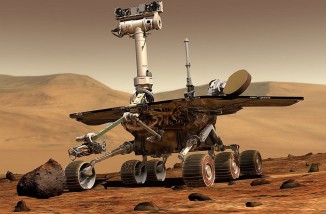
114 years ago today, the award-winning animator Joseph Barbera was born. He co-created Tom and Jerry, The Flintstones, and The Jetsons—and, with his partner, founded one of the most successful animation studios of the 20th century, Hanna-Barbera.
Barbera displayed an early talent for drawing in the first grade. Despite coming from a broken home of Italian immigrants, he attended art classes and got a job at Terrytoons at 25 years old. Lured by a substantial salary increase, he left New York City two years later and moved to California for a cartoonist job at Metro-Goldwyn-Mayer (MGM studios), where his desk was opposite that of William Hanna.
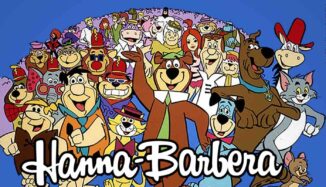
After working alongside animator Tex Avery, who had created Daffy Duck and Bugs Bunny for Warner Bros., the pair set out to on their own, a collaboration that lasted 60 years and became the most successful television animation studio in the business, controlling over 80% of the market with shows like those above, and also Yogi Bear, Scooby-Doo, The Smurfs, Top Cat, and Huckleberry Hound. (1911)

Happy 52nd Birthday to Jim Parsons, the Houston actor who studied theater and went on to win two Emmy Awards for his lead role as Sheldon on the comedy series The Big Bang Theory, which has run for 11 seasons. (1973)
And, 94 years ago today, the late actor Steve McQueen was born in Indiana.
Interesting to note that on his 14th birthday, across the Atlantic Ocean, 76 Allied prisoners of World War II began breaking out of a Nazi German camp in Poland through secretly-dug tunnels, an event that McQueen would later help bring to life in the epic 1963 film, The Great Escape—see below... (1930)
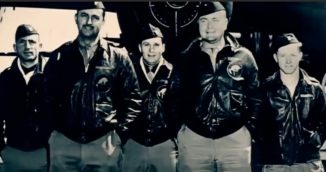
On this day in 1944, a true event later dramatized in the film The Great Escape took place when 76 Allied prisoners of war broke out of the Nazi camp Stalag Luft III in Poland. The World War II camp was extremely secure and thought to be escape-proof, until the brilliant plan began to unfold underneath the camp in three tunnels dug in secret.
It was a race between the Nazis—who knew there was a tunnel somewhere and buried microphones to listen for digging—and the airmen who needed to keep the 300-ft tunnels hidden long enough to complete construction. WATCH a documentary about how they pulled off the ingenious engineering feats that facilitated the mass escape…
And on this day 18 years ago, GNN founder Geri Weis-Corbley began writing this daily column, ‘Good News on This Day in History.’
“I wanted to provide a daily accounting of positive anniversaries for people on their birthdays—maybe because mine was always associated with the anniversaries of so many disasters, like the bombing of the Morrow Building in Oklahoma City, for example. The best thing about the column, for me, is continually learning something new.”
Visit GNN Every Day And Share the Memories, Milestones, and Music…




















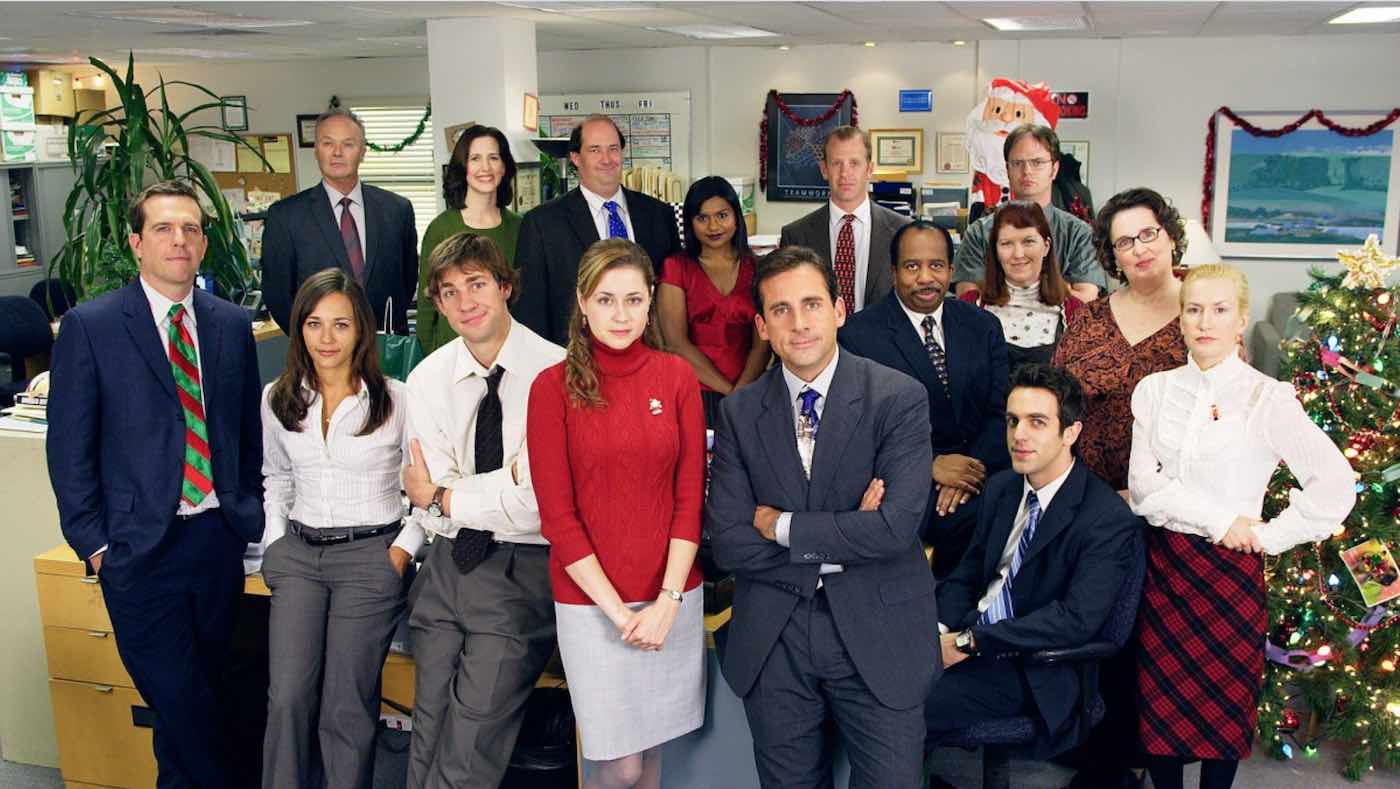
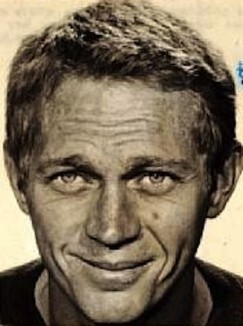
The movie The Great Escape, while a good movie, is nothing more than Hollywood fantasy, and bears only marginal resemblance to the REAL story of the 77 Allied officers who escaped from Stalag Luft III in 1944.
[…] post Good News in History, March 24 appeared first on Good News […]
Love it! I’m a devoted reader and fan! I look forward to reading snippets of history and positive stories every morning.
Blessings,
R